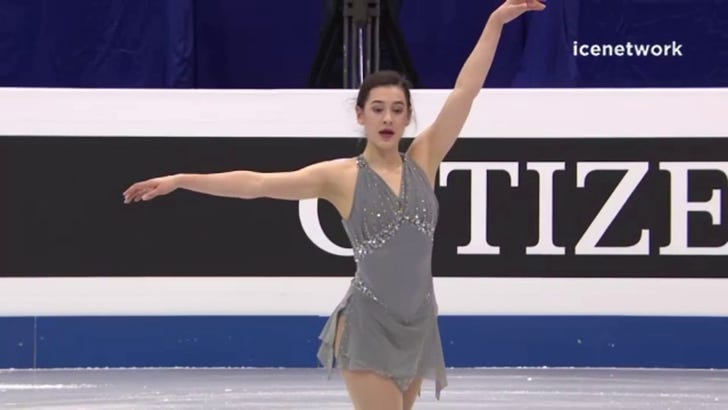What Do Figure Skating and Biathlon Have in Common?
Chatting about going from Swarovski crystals to Swix spandex with Natalie Sangkagalo of The Styled Skier
I’ve been desperate to talk about figure skating here, but despite my forays onto the ice from ages 10 to 12, I never got good enough to have any true insight into the sport. I had one very cute magenta dress with long sleeves and a mock turtleneck that I wore to all my lessons at the Boston Skating Club, but that’s as far as my figure skating fashion e…
Keep reading with a 7-day free trial
Subscribe to The Sweat Lookbook to keep reading this post and get 7 days of free access to the full post archives.


